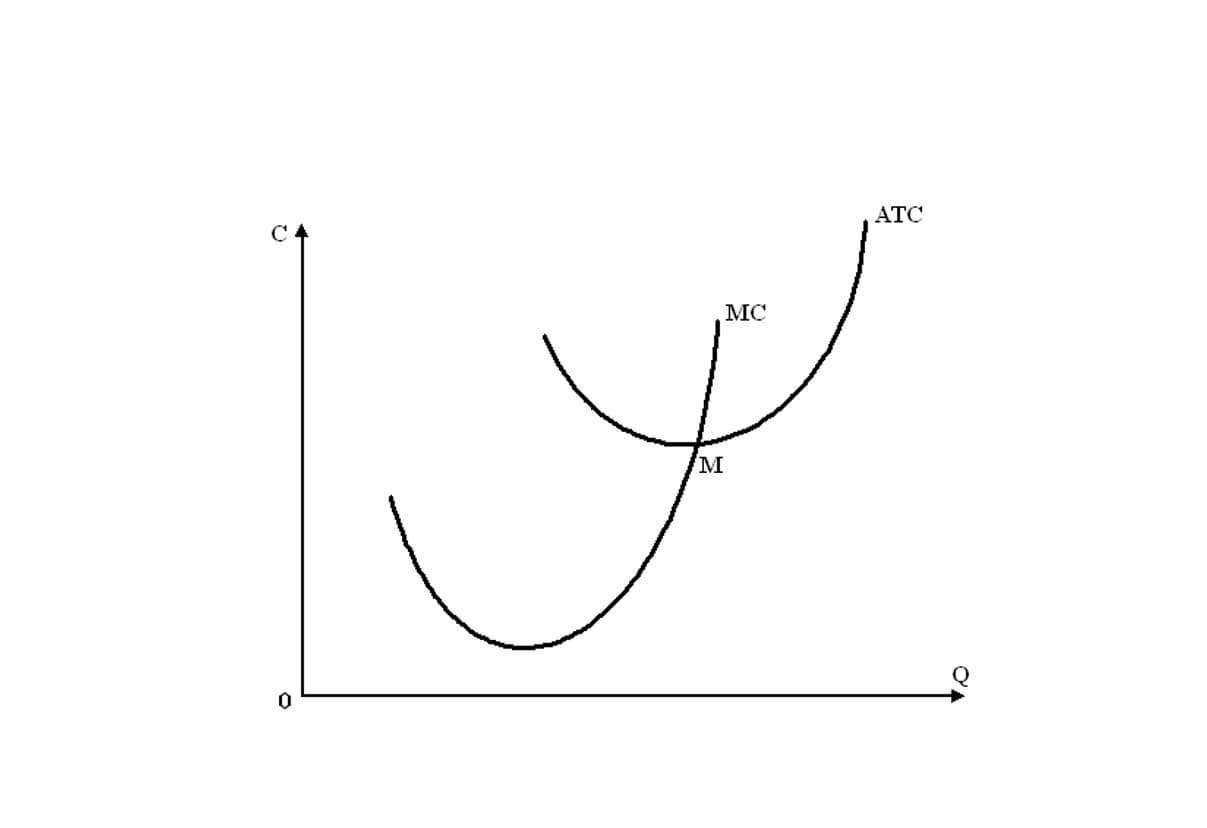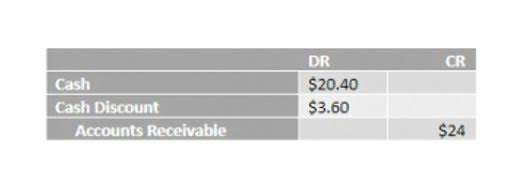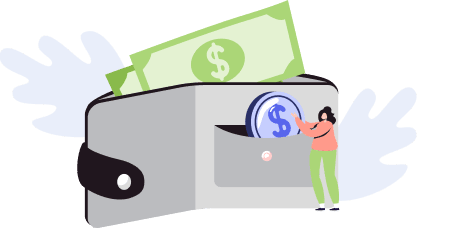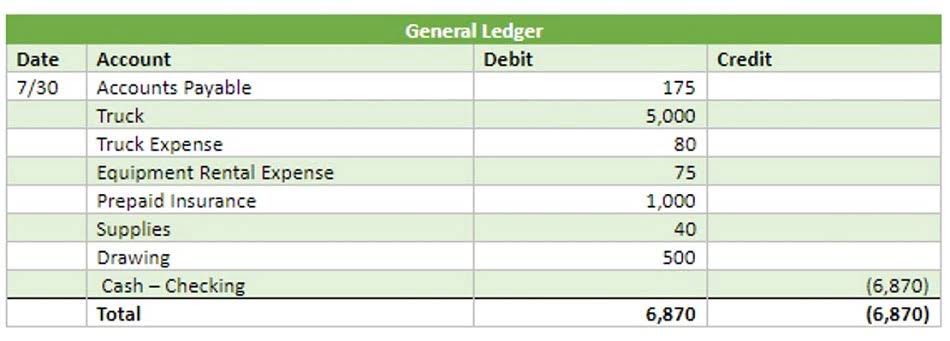.png)
The key difference between Journal and Ledger is that a journal is the first step of the accounting cycle where all the accounting transactions are analyzed and recorded as the journal entries. In contrast, a ledger is the extension of the journal where journal entries are recorded by the company in its general ledger account based on which the company’s financial statements are prepared. The different purposes of the journal and ledger also mean that each book is structured differently. A journal will often include a brief description of the transaction, including a date, and the placement of the transaction amount in a debit or credit column. By contrast, entries to accounts in the ledger must be balanced at all times.
What role does each of these accounting tools play in the overall financial record-keeping process?
.jpg)
Our mission is to empower readers with the most factual and reliable financial information possible what is the difference between a journal and a ledger to help them make informed decisions for their individual needs. This team of experts helps Finance Strategists maintain the highest level of accuracy and professionalism possible. 11 Financial may only transact business in those states in which it is registered, or qualifies for an exemption or exclusion from registration requirements.
Key Differences Between Journal and Ledger
The purchase ledger is not part of the purchasing department, but instead, is used as an accounts payable tool for managing invoices and payments. Using a ledger, you can maintain an accurate record of your business’s financial transactions, generate financial reports, and monitor business results. Check out the post “Maintaining a General Ledger” from Wolters Kluwer for a more extensive list of general ledger accounts that might apply to medium to large businesses. A ledger account is a record of all transactions affecting a particular account within the general ledger. Individual transactions are identified within the ledger account with a date, transaction number, and description to make it easier for business owners and accountants to research the reason for the transaction.
- A journal is a chronological record of financial transactions, while a ledger is a compilation of all the balances in each account.
- She’s passionate about helping people make sense of complicated tax and accounting topics.
- Using the best accounting software or working with a professional bookkeeper or accountant makes it easier to record every transaction and make sure they balance every time.
- Hence, every business transaction is recorded in such a way that it affects two accounts in terms of credit and debit entry.
- These statements provide a comprehensive overview of a company’s financial performance and are essential for external reporting and internal analysis.
- This article looks at meaning of and differences between two basic types of books of accounts – journal and ledger.
Eliminate Time-Consuming Manual Ledgers by Moving to Automation
.jpg)
Today, most organizations use accounting software to record transactions in general ledgers and journals, which has dramatically streamlined these basic record-keeping activities. In fact, most accounting software now maintains a central repository where companies can log both ledger and journal entries simultaneously. In the beginning, we talked about the procedure of recording a transaction.
Difference Between Journal and Ledger
- When a transaction is entered into the software, it can update both the journal and the ledger.
- The main financial statements include an income statement, balance sheet, and cash flow statement.
- Once the transactions are entered in the journal, then they are classified and posted into separate accounts.
- For this purpose, first of all, the totals of the two sides is determined, after that, you need to calculate the difference between the two sides.
- Purchase ledgers and sales ledgers are valuable resources that allow you to track both incoming and outgoing funds, with numerous templates available to download.
For balance sheet accounts, the opening balance is usually the closing balance from the previous period. Income statement accounts start with an opening balance of zero because revenues and expenses should have been closed to retained earnings at the end of the prior period. The ledger uses the T-account format, where the date, particulars, and amount are recorded for both debits and credits. Summarize the ending balances from the general ledger and present account level totals to create your trial balance report. The trial balance totals are matched and used to compile financial statements.
Accounting ledgers like the purchase ledger, also known as a sub-ledger, are an important part of the double-entry bookkeeping process, providing a place for you to record your company’s purchases. Journal entries are recorded in chronological order, making it easy to identify the transactions for a given business day, week, or another billing period. By contrast, entries in a ledger might group like transactions into specific accounts to assess the data for internal financial and accounting purposes. In the double-entry bookkeeping method, financial transactions are initially recorded in the journal. It’s also known as the primary book of accounting or the book of original entry.
We and our partners process data to provide:
Ledgers may contain detailed transaction information for one account, one type of transaction, or—in the case of a general ledger—summarized information for all of a company’s financial transactions over a period. Additionally, the ledger facilitates the preparation of financial statements. By consolidating the information from various accounts, the ledger serves as the foundation for generating financial reports such as the balance sheet, income statement, and cash flow statement. These statements provide a comprehensive overview of a company’s financial performance and are essential for external reporting and internal analysis. The general journal is a book of original entries, in which accountants and bookkeepers record raw business transactions, in the date order according to which events occur.
The general ledger account only displays the balance of the purchase ledger, with all details remaining in the ledger. Despite advances in software technology, there will always be a need to record non-routine transactions in general journals, such as sales of assets, bad debt, partial payments, and depreciation. But in statement form, there are three money columns for writing debit and credit amount and also for balance. Although there are significant differences between Journal and Ledger, both have a critical role in accounting.
Is the Purchase Ledger a Liability or an Asset?
Debits increase asset and expense accounts and decrease liability, revenue, and equity accounts. Credits increase liability, revenue, and equity accounts and reduce assets and expenses. Journals serve as the initial record of transactions, ensuring accuracy and completeness. Ledgers provide a summarized view of transactions by account, facilitating analysis and reporting. If you can follow both well, the rest of the accounting would seem very easy to you because you would be able to connect why account debits and other credits.

.jpeg)
.jpg)
.jpg)


























.jpeg)
.jpeg)
.jpeg)
.png)
.jpeg)
.jpeg)
.jpg)
.jpg)
.jpg)
.jpg)
.jpg)
.jpg)